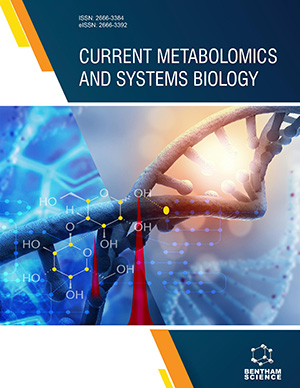Abstract
This chapter summarizes various theoretical approaches for interfacial area modelling in two-phase flow studies. The interfacial area concentration is defined as the contact area between the two phases per unit volume of the two-phase mixture. As the surface available for mass, momentum and energy exchanges between the two phases, this quantity is of the utmost importance. Various approaches were developed for its modelling in the few last decades and we can classify these approaches mainly in two groups. The first group is based on the restrictive assumption of spherical particles (bubbles or droplets) and the interfacial area modelling is often based on an evolution equation for this quantity. This evolution equation can be derived from a Liouville- Boltzmann equation written for the distribution function of a quantity characterizing the size of the particle (currently its diameter or its volume). The second group is completely different and is based on local instantaneous evolution equations for pieces of interfaces and their orientation in the flow, defined by the unit normal vector. Here, the major assumption is the one of closed interfaces but the fluid particle shapes can be arbitrary. The two kinds of approaches involve an interfacial area balance equation, but they are different in their theoretical basis. The link between these two approaches is given in the context of spherical particles. In the more general context of anisotropic interfaces (i.e., arbitrary shapes), the interfacial area evolution equation is supplemented by additional evolution equations characterizing the interface anisotropy. Two possible mathematical formalisms are presented here: the first one is based on the concept of the interface anisotropy tensor introduced a long time ago in the study of liquid-liquid dispersions (e.g., polymer blends) and the second one is based on two equations for the averaged mean and Gaussian curvatures.
Keywords: Interfacial area concentration, two-phase flow, interface anisotropy, mean and gaussian curvatures, evolution equations






















